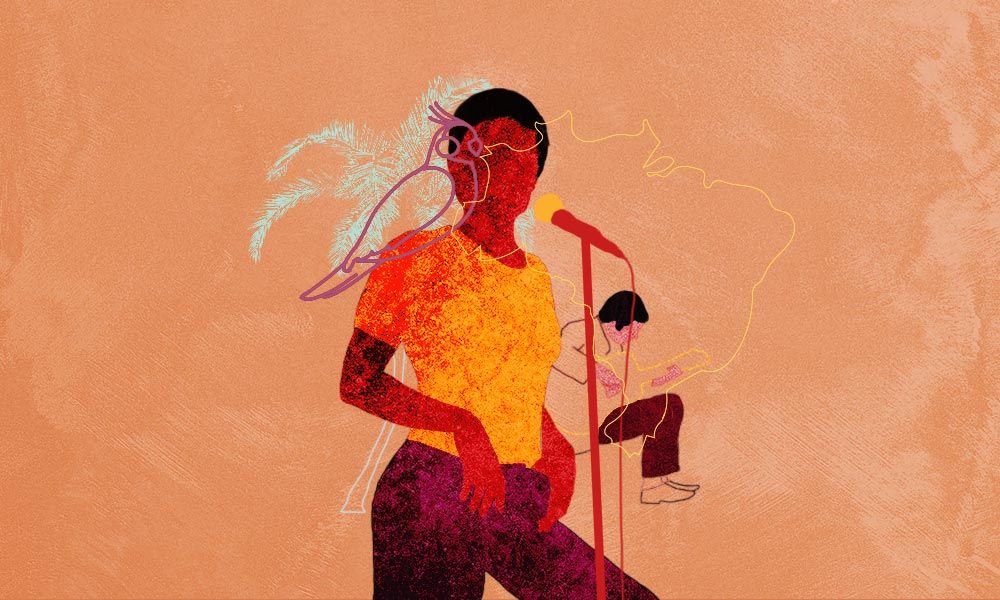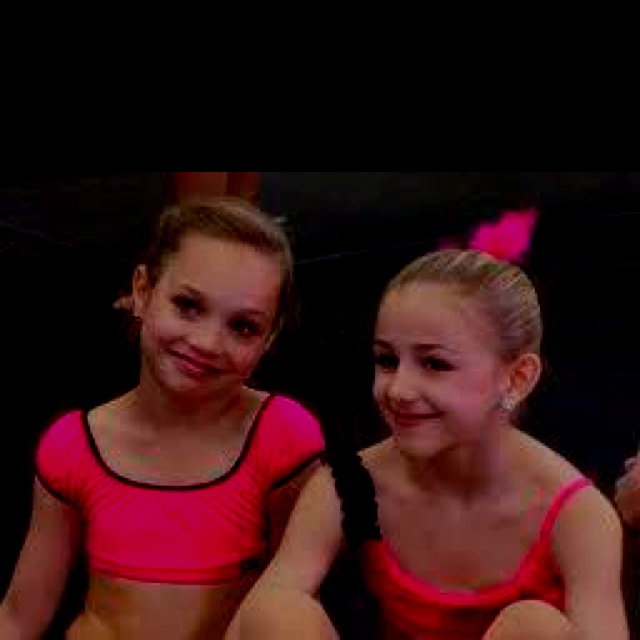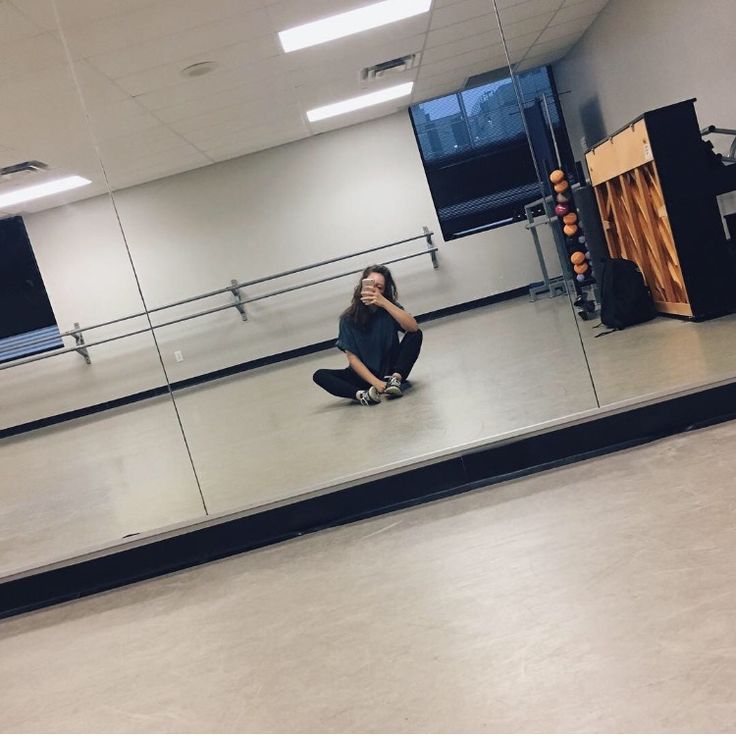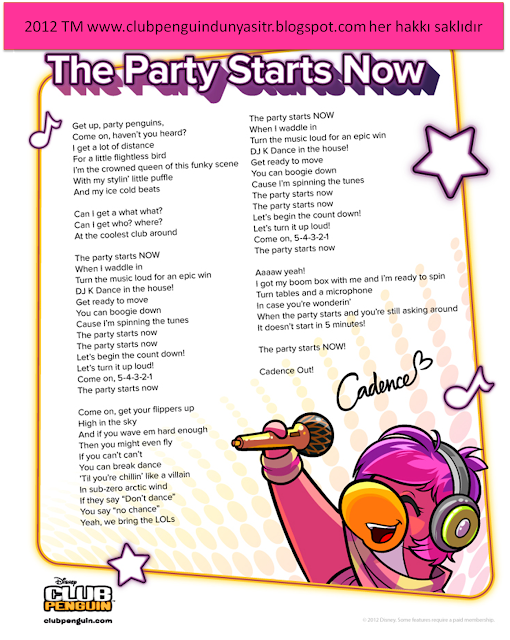How to dance the bossa nova
Introduction to Bossa Nova Dancing
Bossa Nova is a Brazilian dance that followed the creation of Bossa Nova music in the late 1950s. It is roughly translated as meaning 'new wave', 'new way' or 'new beat'.
A very popular and well-known Bossa Nova tune is the Girl from Ipanema or in Portuguese: Garota de Ipanema.
As popular as the music may be, the dance is not widely taught in dance schools. As a result, dancers are puzzled by what dance styles they should use when they hear Bossa Nova music, and sometimes use Rumba, Samba, Merengue and even Night Club Two Step patterns. This can work except that the distinct Latin Jazz feel of the music calls for its own style.
The advantage of knowing basic Bossa Nova steps is that once dancers know how to dance the basic steps to the mood of the music, they can then incorporate moves from other dances that fit Bossa Nova's mood and rhythm. Alternatively, dancers can use the concepts behind the very useful Bossa Nova basic steps in other dances.
There is a Bossa Nova line dance as there is a Samba line dance. Samba and Bossa Nova are both Brazilian dances.
In one version of Bossa Nova dancing, the feel and count is similar to social Rumba - with the Cuban hip action replaced with a smooth hip sway or roll and with the addition of frequent taps with the foot extended.
The chasse basic is three steps to the leader's left (step-together-step), a tap step, three steps to the right (step-together-step) and a tap step. The follower mirrors the step starting to the right.
The walking basic is similar and is danced as three steps forward (for the leader starting with, say, the left foot), tap, three steps back and tap. The follower mirrors the step starting with back steps.
The forward/back basic is (for the leader) step forward (either foot, say left), together and tap with the other foot and back to the original position, step together, step back, tap and forward. When this forward/back basic is repeated, it becomes the walking basic described above.
A variation of the forward/back basic is (for the leader) left foot step forward, right foot together tap, right foot step back, left foot together tap, left foot step back, right foot together tap, right foot step forward, left foot together tap - and repeat.
Note: At this time there are no videos available that demonstrate the Bossa Nova dance to our satisfaction.
With lyrics by Vincius de Moraes, composition by Antonio Carlos Jobim, and singing by Joo Gilberto, Chega de Saudade (translated as No More Blues), released in 1958, is credited as being the first Bossa Nova recording. The three are seen together on the left.
Initially, Chega de Saudade was recorded on Elizete Cardoso's album Cano do Amor Demais. However, it was the later release by Joo Gilberto on an album by the same name, that brought Bossa Nova to public attention.
The 1959 motion picture Orfeu Negro or Black Orpheus cemented Bossa Nova's popularity in Brazil.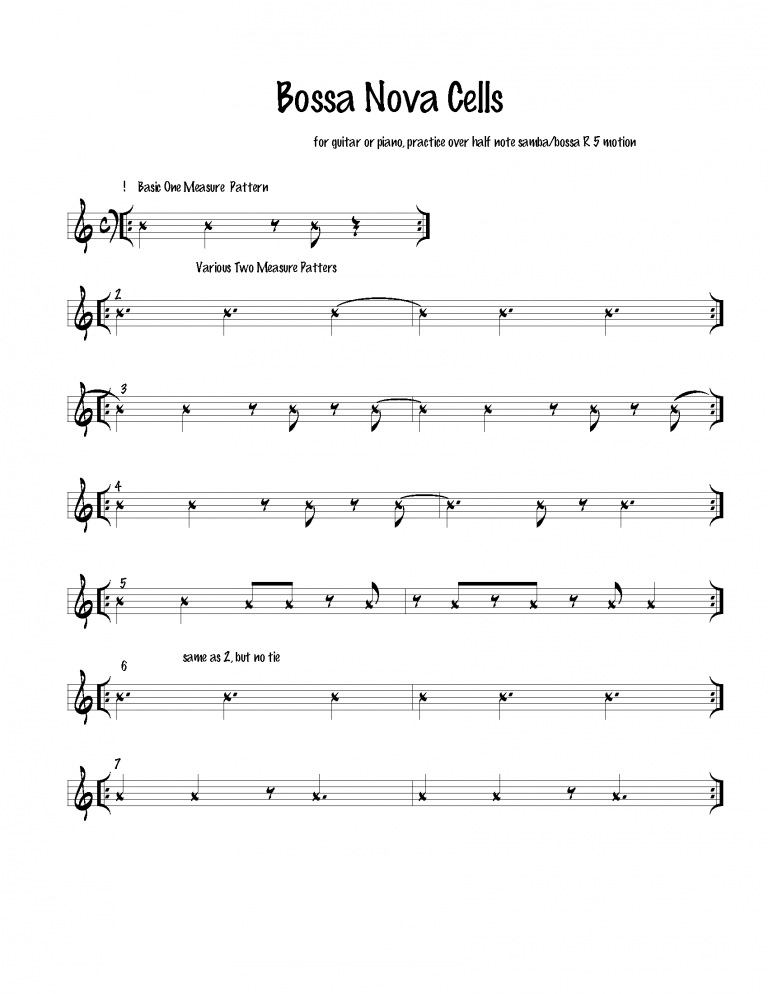 The movie was based on a play by Vincius de Moraes and the music was composed by Antonio Carlos Jobim. The lyrics for one the songs, Manh de Carnaval was written by Luiz Bonf.
The movie was based on a play by Vincius de Moraes and the music was composed by Antonio Carlos Jobim. The lyrics for one the songs, Manh de Carnaval was written by Luiz Bonf.
The record label Verve, US jazz saxophonist Stan Getz and guitarist Charlie Byrd added to Bossa Nova's popularity in North America with their 1963 release of Jazz Samba. The music was recorded at All Souls' Unitarian Church in Washington, DC on February 13, 1962. The album contained two Jobim compositions: Desafinado and Samba De Uma Nota So (One Note Samba)
However, it was the 1964 release of the album Getz/Gilberto by Verve that made Bossa Nova a household name in North America while becoming one of the best selling jazz albums ever. Getz/Gilberto spent 96 weeks in the charts and won four Grammys. Stan Getz played the sax and Joo Gilberto played the guitar. Jobim is featured on the piano. Jobim also wrote most of the music.
The first song on the album The Girl from Ipanema, was sung by Joo and his wife Astrud Gilberto (seen on the right), making her professional debut.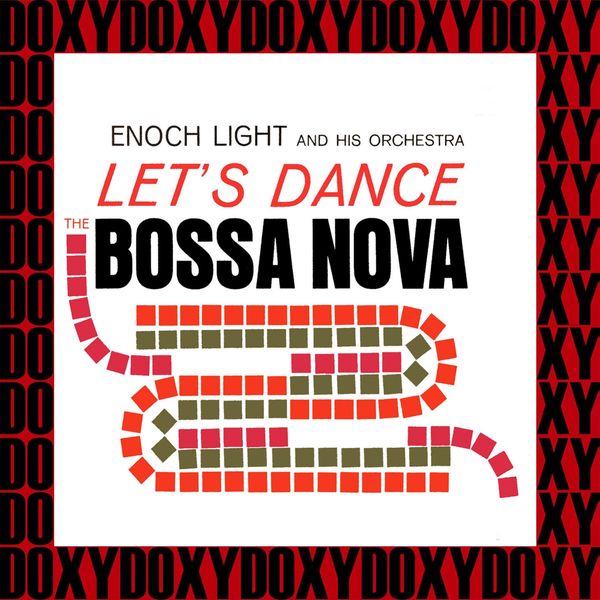 The song won a Grammy, and is today one of the most recognizable Bossa Nova songs anywhere.
The song won a Grammy, and is today one of the most recognizable Bossa Nova songs anywhere.
The story of the transformation of Vincius de Moraes' composition Menina que Passa (The Girl Who Passes By) into the song we recognize today as The Girl from Ipanema or Garota de Ipanema is now part of Bossa Nova folklore.
The story goes that Moraes composed the words to the song in Petrpolis, a township near Rio, while Jobim composed the melody at his home in Rua Baro da Torre, in the southern Rio de Janeiro neighbourhood of Ipanema. The beach of Ipanema (seen here on the right) is adjacent to Copacabana Beach. However, Ipanema has the reputation of being a more exclusive neighbourhood. Indeed, it is one of the most expensive places to buy a home in Rio.
Moraes and Jobim patronized the Veloso Cafe in Ipanema. Sitting at the cafe, they frequently saw a slender, stunning, fifteen-year-old girl pass by - much to the delight of the cafe's patrons who expressed their admiration of her beauty with sighs and whistles.
Her name was Helosa Eneida Menezes Paes Pinto (today Hel Pinheiro). She lived on Ipanema's Montenegro Street. Today, Montenegro Street is called Vinicius de Moraes Street, and the Veloso Bar has been named A Garota de Ipanema.
Helosa became the girl from Ipanema in Moraes and Jobin's composition which took its final form in the winter on 1962. The English lyrics were later written by Norman Gimbel, the opening lines of which are:
"Tall and tan and young and lovely, The girl from Ipanema goes walking,
And when she passes each one she passes goes "a-a-ah!
When she walks she's like a samba that, Swings so cool and sways so gentle,
That when she passes each one she passes goes "a-a-ah!"
How To Dance The Bossa Nova
HOW TO DANCE
THE BOSSA NOVA
From the back of "The Big Bossa Nova,"
by Bob Freedman
"Gentle swaying of the hips while the body remains straight and almost motionless is the
Bossa Nova.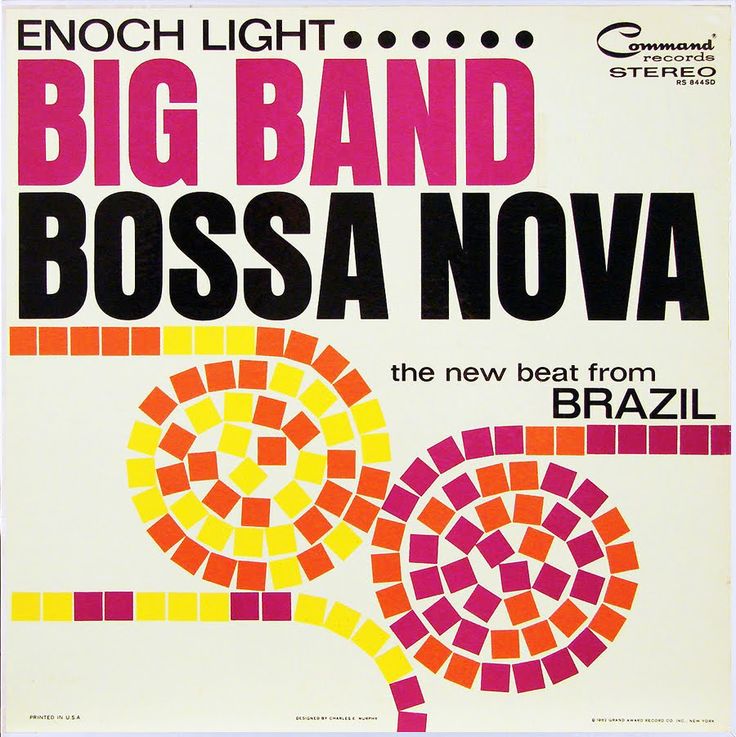 Knees bend with each step, weight
must remain evenly balanced on balls of each
foot.
Knees bend with each step, weight
must remain evenly balanced on balls of each
foot.
The degree of hip motion for example is up to each dancer. Partners can dance near to each other or at some distance apart as they choose. And remember the Bossa Nova is essentially a rhythm dance; that is, the dancers accent each step to the distinct beat of the music.
Start with feet together.
Man steps forward on left foot, close right
foot to left foot without transferring weight.
Right foot back, close left foot to right foot
without transferring weight. The woman makes
all her steps in the opposite directions, as
follows: feet close together back right
foot--close left to right foot without
transferring weight. Forward left foot. Close
right foot to left foot without transferring
weight.
Close
right foot to left foot without transferring
weight.
The partners' next step is to reverse steps--each taking the other's.
Remember, the basic element required is the bending of the knees on each step followed by swaying of the body. The knees bend and the body sways slightly forward on the backward steps, while on the forward steps the body sway is slightly backward. The rhythm in each movement is the Bossa Nova's secret.
Many variations of the basic step are
possible. The dancers are apart from each
other holding hands. The man takes four steps
to the left, bringing right foot behind left
each time. Then the man takes four steps to
the right reversing feet movement. Remember,
the essential is to take these steps with bent
knees and a rhythmic swaying of the
hips.
Strange to say, the Bossa Nova is so flexible that even a waltz step can be adapted to it. When trying this step, remember that because of the knee bend and the rock and sway movement the steps must be shorter. Also try the fox-trot side step to the Bossa Nova. Slide the feet when you try this step.
The fun in dancing the Bossa Nova is that the partners are not restricted to a set of rigidly patterned steps. Partners are free to let their own interpretations flow gracefully with the music."
< < BACK > >
Bossa nova dance club. Dance House Bossa Nova
Latin American and European ballroom dancing, club Latin, Argentinean tango, jazz, modern dance, unleash the full potential of your body in strip plastic classes and develop your body in a special Body School course, and also prepare an amazing wedding dance .
European dances are represented by English and Viennese waltzes, tango, quickstep and foxtrot. The movements of these dances are rather restrained, strict, their inexpressible charm lies in understatement and outward calmness. However, under the mask of this tranquility lies a huge energy and incredible attractiveness of these dances.
Latin includes cha-cha-cha, rumba, samba, jive and paso doble. These are very sensual dances, and the movements in them are almost always contrasting - from viscous and rapid to sharp and clear. These dances came to us from Latin America and Spain, and flirting, coquetry, passion and love that arise between a man and a woman are very clearly seen here.
Club latin is represented by salsa, bachata and merengue. These dances are almost always improvised by the music, which is why they are incredibly popular. In addition, these are social dances, and they are danced only for the sake of fun and cheer up.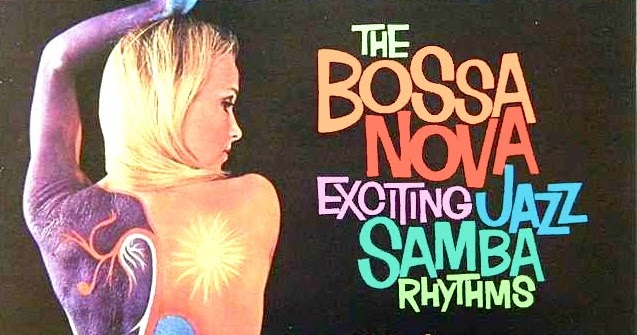
Argentine tango is a state of mind, and many people, having come into contact with this particular dance at least once, remain its unchanging admirers. Tango fantastically combines the inner intensity of passions and external neutrality, and this is its unique charm.
Body School is an element of the Bossa Nova Dance House training system that combines dance and fitness. Bossa Nova Body School can be a powerful way to improve your figure and fitness. Bossa Nova Body School uses a methodology that combines the best, effective elements of yoga, Pilates, parterre exercise, classical dance and many areas of aerobics to achieve your goals. After attending these classes, your dance lessons for beginners will be even more accessible to you, and the body will begin to take on the desired shape.
Choreography is a collection of dance art that gives you the opportunity to fully feel your body and learn how to control it, it is the harmony of music, body and movement.
Strip plastic is a unique activity as it brings out the femininity, beauty, grace and grace in every girl. We are all beautiful and unique, and strip plastic classes will once again prove this truth to us and our friends.
Stretching is a training aimed at stretching the muscles of the whole body. In this class, we only stretch, make our muscles longer, more elastic and flexible, and our posture straight and with amazing curves.
Modern Jazz is the most expressive dance, it makes it possible to convey with every cell of the body the emotions that overwhelm the dancer. Jazz can be danced both solo and in pairs, and this dance does not require any special music - only a great desire to speak out without words.
Solo Ladies Latin is a universal way to free your own body and gain freedom of movement, to become who you really are.
Zumba is one of the most fashionable trends today, as it combines fitness and dance. Here we train our body, losing weight and getting an excellent figure, and dancing for our pleasure to the incendiary Latin American rhythms.
Here we train our body, losing weight and getting an excellent figure, and dancing for our pleasure to the incendiary Latin American rhythms.
Club Latin is direction for those who want to feel confident at any disco. Combination of all popular modern styles!
Wedding dance is a very special dance and the most beautiful start to married life imaginable. Without a doubt, it is the most important in the life of every couple, and all lovers try to make it unforgettable. With the help of Bossa Nova Dance House teachers, you will prepare a unique wedding dance in 6 individual lessons in any dance style, from classical waltz to avant-garde hip-hop. We will help you choose music and record it on an information medium, and you will only have to choose the style of performance: be passionate or restrained, romantic or modern. The most important thing is that when staging a wedding dance there are no rules that must be followed, because not a single rule can describe the happiness and love that overwhelm the newlyweds on the most joyful day of their lives!
Belly dance, or belly dance is a unique type of dance art that came to us from the mysterious and unfamiliar East. This dance smells of mystery and spicy sweets, and each dancer is transformed literally before our eyes when she starts dancing to rhythmic Arabic melodies.
This dance smells of mystery and spicy sweets, and each dancer is transformed literally before our eyes when she starts dancing to rhythmic Arabic melodies.
Pilates is a training complex invented by Joseph Pilates for those people who need to keep their body in good shape, avoiding injuries. This is one of the safest workouts that gives an excellent lifting of the whole body and provides excellent muscle tone, as well as the ability to quickly recover from injuries.
In the Bossa Nova Dance House, as part of group classes, you will learn how to dance Latin American and European ballroom dances, club Latin, Argentinean tango, jazz, modern dances, you will fully reveal the potential of your body in strip plastic classes and you will be able to develop your body in a special Body course School, and prepare a delightful wedding dance.
European dances are represented by English and Viennese waltzes, tango, quickstep and foxtrot. The movements of these dances are rather restrained, strict, their inexpressible charm lies in understatement and outward calmness. However, under the mask of this tranquility lies a huge energy and incredible attractiveness of these dances.
However, under the mask of this tranquility lies a huge energy and incredible attractiveness of these dances.
Latin includes cha-cha-cha, rumba, samba, jive and paso doble. These are very sensual dances, and the movements in them are almost always contrasting - from viscous and rapid to sharp and clear. These dances came to us from Latin America and Spain, and flirting, coquetry, passion and love that arise between a man and a woman are very clearly seen here.
Club latin is represented by salsa, bachata and merengue. These dances are almost always improvised by the music, which is why they are incredibly popular. In addition, these are social dances, and they are danced only for the sake of fun and cheer up.
Argentine tango is a state of mind, and many people, having come into contact with this particular dance at least once, remain its constant admirers. Tango fantastically combines the inner intensity of passions and external neutrality, and this is its unique charm.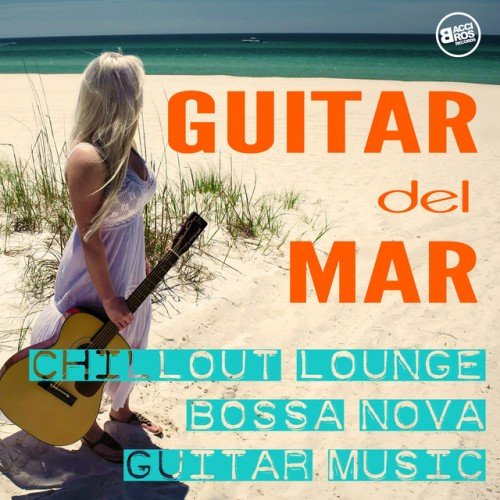
Body School is an element of the Bossa Nova Dance House training system that combines dance and fitness. Bossa Nova Body School can be a powerful way to improve your figure and fitness. Bossa Nova Body School uses a methodology that combines the best, effective elements of yoga, Pilates, parterre exercise, classical dance and many areas of aerobics to achieve your goals. After attending these classes, your dance lessons for beginners will be even more accessible to you, and the body will begin to take on the desired shape.
Choreography is a combination of dance art, which makes it possible to fully feel your body and learn how to control it, it is the harmony of music, body and movement.
Strip plastic surgery is a unique activity, because it reveals femininity, beauty, grace and grace in every girl. We are all beautiful and unique, and strip plastic classes will once again prove this truth to us and our friends.
Stretching is a training aimed at stretching the muscles of the whole body. In this class, we only stretch, make our muscles longer, more elastic and flexible, and our posture straight and with amazing curves.
In this class, we only stretch, make our muscles longer, more elastic and flexible, and our posture straight and with amazing curves.
Jazz-modern is the most expressive dance, it makes it possible to convey with every cell of the body the emotions that overwhelm the dancer. Jazz can be danced both solo and in pairs, and this dance does not require any special music - only a great desire to speak out without words.
Solo Ladies Latin is a universal way to free your own body and gain freedom of movement, to become who you really are.
Zumba is one of the most fashionable trends today, as it combines fitness and dance. Here we train our body, losing weight and getting an excellent figure, and dancing for our pleasure to the incendiary Latin American rhythms.
Club Latin is a direction for those who want to feel confident in any disco. Combination of all popular modern styles!
The wedding dance is a very special dance and the most beautiful beginning of family life imaginable. Without a doubt, it is the most important in the life of every couple, and all lovers try to make it unforgettable. With the help of Bossa Nova Dance House teachers, you will prepare a unique wedding dance in 6 individual lessons in any dance style, from classical waltz to avant-garde hip-hop. We will help you choose music and record it on an information medium, and you will only have to choose the style of performance: be passionate or restrained, romantic or modern. The most important thing is that when staging a wedding dance there are no rules that must be followed, because not a single rule can describe the happiness and love that overwhelm the newlyweds on the most joyful day of their lives!
Without a doubt, it is the most important in the life of every couple, and all lovers try to make it unforgettable. With the help of Bossa Nova Dance House teachers, you will prepare a unique wedding dance in 6 individual lessons in any dance style, from classical waltz to avant-garde hip-hop. We will help you choose music and record it on an information medium, and you will only have to choose the style of performance: be passionate or restrained, romantic or modern. The most important thing is that when staging a wedding dance there are no rules that must be followed, because not a single rule can describe the happiness and love that overwhelm the newlyweds on the most joyful day of their lives!
Belly dance, or belly dance, is a unique type of dance art that came to us from the mysterious and unfamiliar East. This dance smells of mystery and spicy sweets, and each dancer is transformed literally before our eyes when she starts dancing to rhythmic Arabic melodies.
Pilates is a training complex invented by Josef Pilates for those people who need to keep their body in good shape and avoid injury.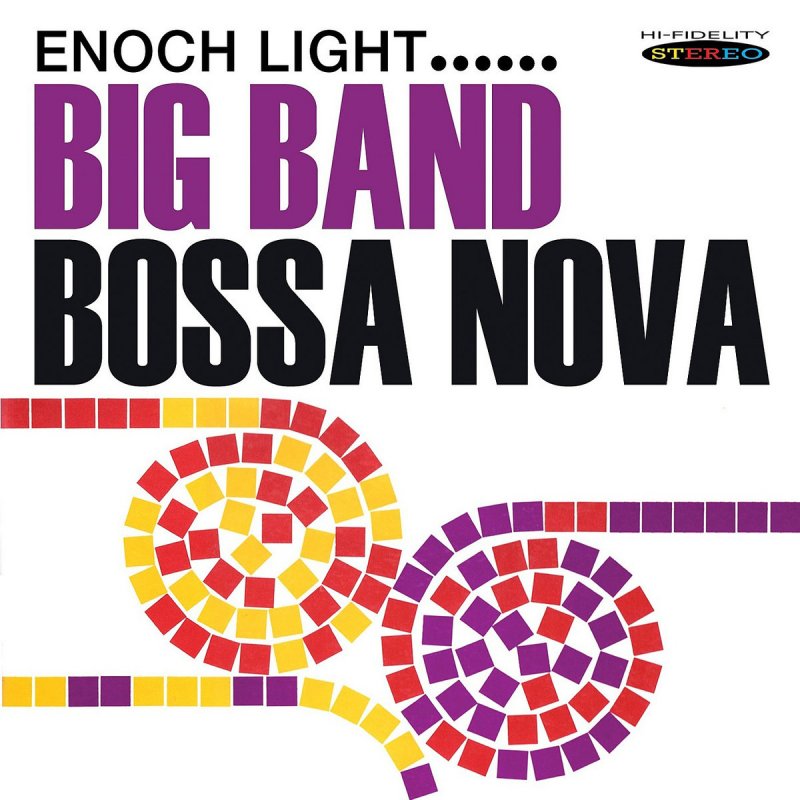 This is one of the safest workouts that gives an excellent lifting of the whole body and provides excellent muscle tone, as well as the ability to quickly recover from injuries.
This is one of the safest workouts that gives an excellent lifting of the whole body and provides excellent muscle tone, as well as the ability to quickly recover from injuries.
07/20/2016
We were lucky enough to interview the founder of the well-known chain of dance clubs Bossa Nova. Finalist of Russian and international championships, multiple participant and finalist of the TV project "Dancing with the Stars" Eldar Sayfutdinov talks about the subtle kitchen of dance.
Hello, Eldar! The Bossa Nova club has been around for many years. Where did it all start, how did you grow?
Hello! The history of the Bossa Nova Dance House begins in the spring of 2010, that year I again participated in the Dancing with the Stars project. Over these 6 years, our club has become home to many famous dancers and participants in the Dancing with the Stars show, among them there are participants from other seasons - Inna Svechnikova and Dmitry Tashkin, as well as Anton Startsev - a participant in the Dancing show on TNT. Currently, the club on Maly Tatarsky Lane is constantly improving - methods are being improved, new directions and teachers are appearing.
Currently, the club on Maly Tatarsky Lane is constantly improving - methods are being improved, new directions and teachers are appearing.
Is there anything that makes you different from other dance schools?
Our main feature is the high level of teaching. Each teacher has many years of experience working with students, professionalism helps to find an approach to anyone who wants to learn how to dance. The Bossa Nova Dance House has a club training system, and therefore, students in the club can choose from more than 150 group lessons per month, and there is an opportunity to study individually at any time!
What kind of dance do you teach?
Argentine tango, European and Latin American dances, club latin, modern dances, wedding dance, stripplast, jazz modern. As well as Body School, Choreography, Stretching and Pilates.
Do I need to have a certain level to join your club? Or is it possible for complete beginners too?
Absolutely everyone can! Our club is suitable for everyone: both for beginners and for continuing, more advanced students.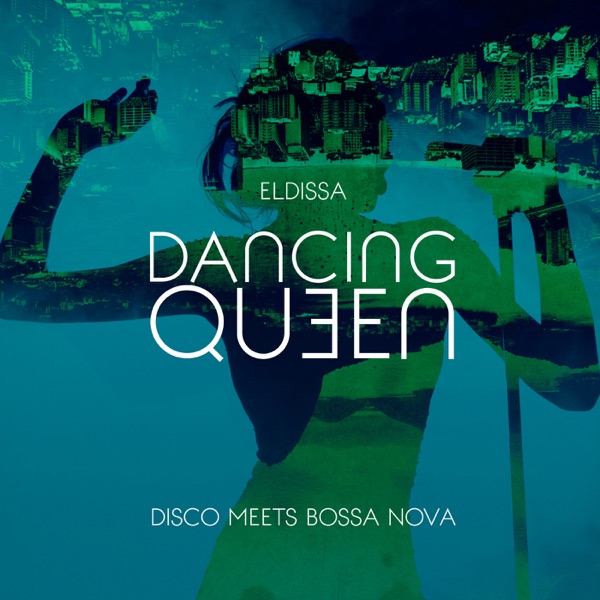 Each beginner goes through the "student" level, where the basics of dance are mastered - then with a new level the student receives more and more information, passing through the levels "bronze", "silver", "gold".
Each beginner goes through the "student" level, where the basics of dance are mastered - then with a new level the student receives more and more information, passing through the levels "bronze", "silver", "gold".
From school years everyone remembers the problem of ballroom dancing: there are always more girls than boys. Is it in your club and how is it solved?
In the Bossa Nova Dance House, none of the fair sex is left behind: in group classes, teachers dance with each student, and at events we have assistant teachers who will teach and show everything.
How do you see further development? Planning to open new clubs?
Our goal is to create the highest quality form of education in which each student will achieve their desired results. Among our new projects is the dance center "Dance Teacher", where anyone can practice and improve their dancing skills.
Development history of bossa-nova (bossa nova - the mood of Brazil). Bosanova music and dance
Many contemporary music and dance lovers have heard of the term bossanova.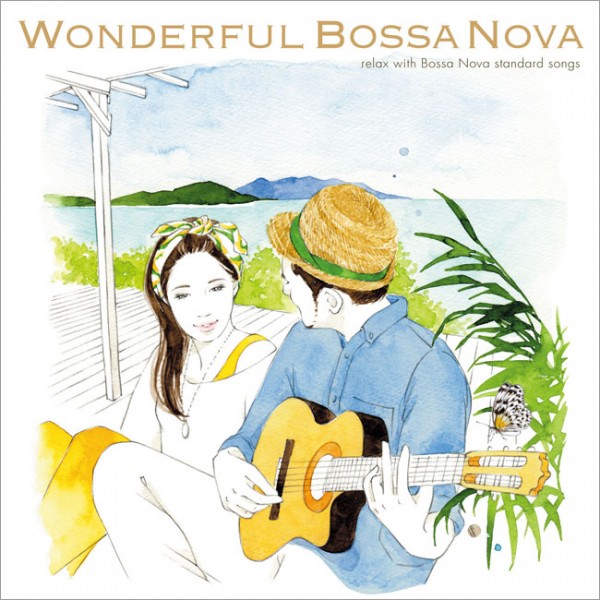 It comes from sunny Brazil, where carnivals are held every year. However, this musical style, unlike the traditional samba, has received its development relatively recently. And not everyone knows on what basis this style was created at one time.
It comes from sunny Brazil, where carnivals are held every year. However, this musical style, unlike the traditional samba, has received its development relatively recently. And not everyone knows on what basis this style was created at one time.
Bosanova - what kind of style of music is this?
In general, just like all other Latin American styles of music, bossa nova, just as a style of music, involves a combination of jazz harmonicas with national rhythms.
It is not surprising that in the music itself one can most often find dimensions that seem to be even (say, 4/4 or 2/4), but with a clear share of the so-called swing (shift of beats), when all kinds of syncopations are present in the rhythm part, and, as it seems to many, in the most inappropriate places for this. It is not uncommon to find triplets in each measure, which automatically brings the composition to 12/8. Sometimes you can even hear completely non-standard sizes like 7/8 or 9/eight.
More broadly, bossanova is the sister style of salsa, samba, rumba and bayau.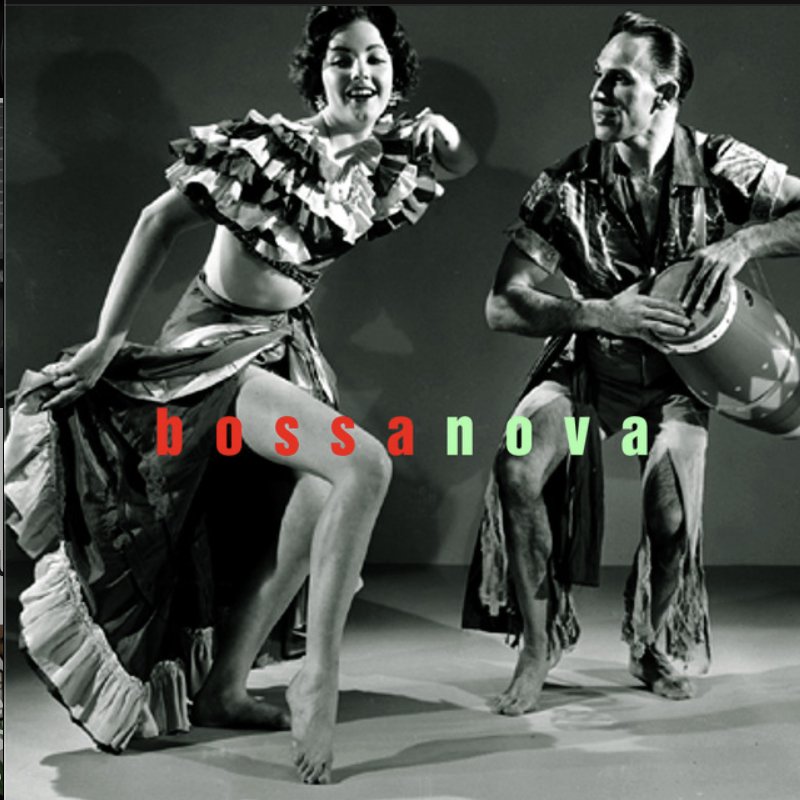 And, as is already clear, this music is inextricably linked with dance schools (however, like all other Brazilian offshoots). The Brazilians themselves cannot imagine the sound of music without certain movements in the dance.
And, as is already clear, this music is inextricably linked with dance schools (however, like all other Brazilian offshoots). The Brazilians themselves cannot imagine the sound of music without certain movements in the dance.
Music and dance - one inseparable
If you look at the musical essence of the style, it is not difficult to predict that bossa nova is both a style of music and dance.
The movements, as in all other dance schools, are refined and graceful, the choreography emphasizes the softness and flexibility of the body. What is most interesting, bossa nova can be danced both in pairs and independently, without a partner or partner. Although there is a basic set of movements that focuses on the movement of the legs, arms and hip joints, there are as many variations in the dance as you like.
In this sense, bossanova is closely intertwined with other Latin American dance styles, but it has become most popular in Brazil and Cuba.
Origins
Some mistakenly believe that bossanova is a style that appeared solely under the influence of African settlers in South and Central America.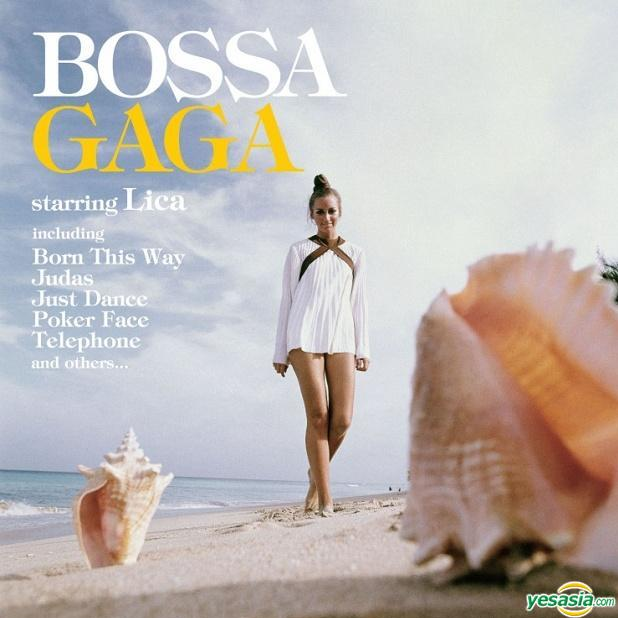 By no means!
By no means!
The very style of bossanova music emerged only in the 50s of the last century, at the intersection of jazz and national traditions. Then it was called bossa nova, which could be interpreted as "new style" or "new feature". True, at first such music was heard only at home concerts held in Rio de Janeiro, when the musicians tried to combine traditional Brazilian samba with American jazz. Actually, jazz gave bossa nova those very non-standard musical dimensions.
Brazilian bossa nova
Now a little about the birthplace of this trend. Since its inception, the bossanova style has received the greatest development in the 60s, when many performers took the canons of the new direction as a priority.
However, one should not forget that even world ballroom dance festivals today include tango, salsa, cha-cha-cha, and bossanova in their mandatory program. Brazilian dance technique is not available to everyone. According to the inhabitants of this country themselves, you need to be born a Brazilian in order to have a tendency to perform all movements from childhood.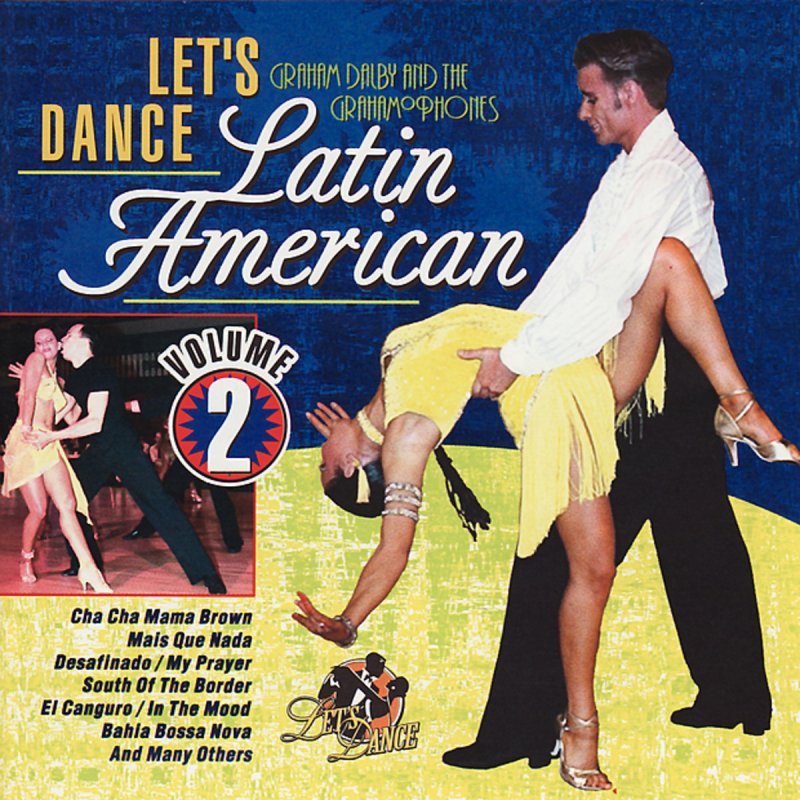
Even the annual carnivals, despite the fact that they mainly feature samba schools, are not without bossa nova. It seems to organically fit into the mainstream, and sometimes even prevails. And in general, it is very difficult to draw any clear line in these dances and music, because the national color often involves the use of completely different elements from the same different dance schools and musical directions.
Most famous artists
In the 1950s no one was left indifferent to the new style. It was a bossa nova. The performers tried (as it seemed at that time) to combine the incompatible. Nevertheless, the starting point is considered to be the release of the play “Enough to be sad” (Chega de Saudade), and then the composition “The Girl from Ipanema”. The godfathers of the new direction were Juan Gilbert and António Carlos Jobim.
In 1958, building on the success of the new style, Jobim, together with Elizet Cardozo, recorded the album "Song of Love Too Strong", where quite a lot of hits were presented. Apart from "The Girl from Ipanema", one can separately note the song "Recklessness" ("Insensatez"), with which at 19In 1962, Jobim and V. de Morais conquered the famous Carnegie Hall in the USA. By the 1970s, bossa nova had firmly taken the place of the hallmark of Brazilian music.
Apart from "The Girl from Ipanema", one can separately note the song "Recklessness" ("Insensatez"), with which at 19In 1962, Jobim and V. de Morais conquered the famous Carnegie Hall in the USA. By the 1970s, bossa nova had firmly taken the place of the hallmark of Brazilian music.
Modernity
Unfortunately, today bossa nova as a style of music is used only in dance schools, and modern performers can only be found in Latin American cafes. The professional scene, like popularity, remains only in memories. It's a pity. After all, bossanova is very bright music, conveying subtle shades of the soul and human experiences, sometimes overwhelming emotions, joy and sadness, love and jealousy. And if all this happens in tandem with dance, the degree of tension generally rolls over.
But here's what's interesting. Even manufacturers of musical instruments like Yamaha or Casio, who produce keyboard synthesizers with auto accompaniment, without fail include bossanova in its various interpretations in the set of styles.
And all this only says that the bossa nova has become a kind of classic in music, without studying and understanding which is indispensable in contemporary art.
Bosanova, bossa nova (port. bossa nova) is a style of popular Brazilian music, which is a synthesis of local folklore (baiau, samba) and some elements of jazz. The founders of the style are Juan Gilberto and António Carlos Jobim.
Performers
Bosanova, bossa nova (port. bossa nova) is a style of popular Brazilian music, which is a synthesis of local folklore (baiau, samba) and some elements of jazz. The founders of the style are Juan Gilberto and António Carlos Jobim. The first bossa nova is usually called Chega de Saudade (1958), which was composed by Jobim and performed by João Gilberto. The most famous bossa nova is The Girl from Ipanema, which was first performed by Juan (guitar) and Astrud Gilberto (vocals), A.K. Jobim (piano) and Stan Getz (saxophone).
The origin of the name "bossa nova" (literally bossa - "cone", "mound", "hump"; nova - "new") is associated with the Brazilian slang word "bossa", which was fashionable in the late 1950s, which meant something like the same as the Russian word "chip": a feature, a bright feature. Thus, the name of the genre should be understood not literally (“new hump” or “new bump”), but essentially: “new “trick””, “new style”.
Thus, the name of the genre should be understood not literally (“new hump” or “new bump”), but essentially: “new “trick””, “new style”.
Bossa nova appeared in Rio de Janeiro, in the Ipanema region - a place where wealthy people live. Initially, bossanova was a mixture of traditional Brazilian samba rhythms and classic American jazz, performed at parties and home concerts for an educated audience. Soon, however, bossa nova ceased to be just "music for the elite" and sounded in clubs, art cafes and just on the streets of Brazilian cities. A whole galaxy of talented authors, among which stood out: Antonio Carlos Jobim (pseudonym - "Tom Jobim"), Luis Bonfa, Juan Gilberto and Baden Powell. They quickly achieved universal recognition.
The origin of the name "bossa nova" (literally bossa - "cone", "mound", "hump"; nova - "new") is associated with the Brazilian slang word "bossa", which was fashionable in the late 1950s, which meant something like the same as in modern Russian the word "chip": a feature, a bright feature. Thus, the name of the genre should be understood not literally (“new hump” or “new bump”), but essentially: “new “trick””, “new style”.
Thus, the name of the genre should be understood not literally (“new hump” or “new bump”), but essentially: “new “trick””, “new style”.
What is bossanova?
- Brazilian light music style of calm character . Originated in the late 1950s based on the rhythms of Samba, and later influenced by American jazz. It is characterized by musical equality of melody, harmony and rhythm.
- 1960s Latin ballroom dance . The musical size is 2/4 and 4/4. The pace is moderately fast. It is performed in the character of Twist, but at the same time it resembles a slow Sambui Merengue. Movements are accompanied by swaying of the hips. A characteristic dance element is a special protracted sliding step. Other name: Jazz-Samba.
bossanova music
This musical direction comes from sunny Brazil, where carnivals are held every year. However, this musical style, unlike the traditional samba, has received its development relatively recently. And not everyone knows on what basis this style was created at one time. Bosanova - what kind of style of music is this? In general, just like all other Latin American styles of music, bossa nova, precisely as a style of music, involves a combination of jazz harmonicas with national rhythms.
And not everyone knows on what basis this style was created at one time. Bosanova - what kind of style of music is this? In general, just like all other Latin American styles of music, bossa nova, precisely as a style of music, involves a combination of jazz harmonicas with national rhythms.
It is not surprising that in the music itself one can most often find dimensions that seem to be even (say, 4/4 or 2/4), but with a clear share of the so-called swing (shift of beats), when all kinds of syncopations are present in the rhythm part, and, as it seems to many, in the most inappropriate places for this. It is not uncommon to find triplets in each measure, which automatically brings the composition to 12/8. Sometimes you can even hear completely non-standard sizes like 7/8 or 9/8.
More broadly, bossa nova is the sister style of salsa, samba, rumba, and bayau. And, as is already clear, this music is inextricably linked with dance schools (however, like all other Brazilian offshoots). The Brazilians themselves cannot imagine the sound of music without certain movements in the dance.
The Brazilians themselves cannot imagine the sound of music without certain movements in the dance.
bossanova dance
Bossa Nova has been known as a dance since 1960, and in 1962 it gained worldwide distribution. Merging with Jazz gave birth to a special type of steps. The main movements are danced in the rhythm "slow - fast - fast", as in any other Samba, but after a step on the count of "one", a pause is maintained on the count of "two". It turns out an unusual in character, a prolonged sliding step, performed on the spot or while moving around the hall.
Position in a pair is usually identical to Position Rumba , but it may be different. The movements of the legs are accompanied by swinging of the arms, with the opposite swinging of the hips, as in Meringue. A characteristic element is the Cuban Movement. Cuban Motion] - a characteristic swaying of the hips. Bossa Nova strikes with a variety of interesting patterns, of which we can note: Lateral Basic Movement [eng.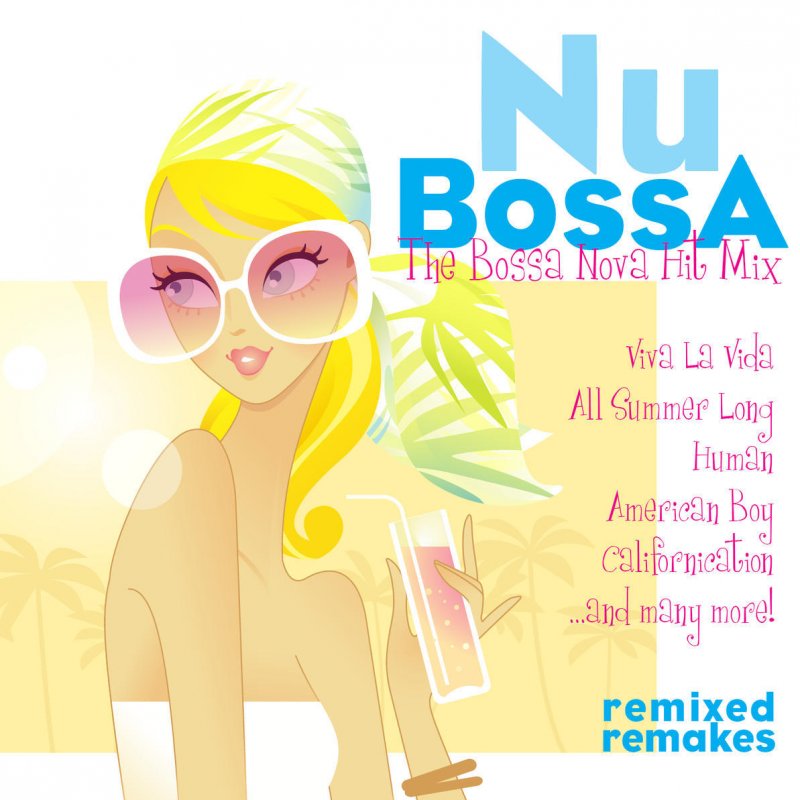 Side Basic], Basic Forward Movement [eng. ForwardBasic], Separate-and-Together [eng. Away and Together], Samba-Adaptation [eng. The Samba Adaptation], Tango Adaptation [eng. The Tango Adaptation].
Side Basic], Basic Forward Movement [eng. ForwardBasic], Separate-and-Together [eng. Away and Together], Samba-Adaptation [eng. The Samba Adaptation], Tango Adaptation [eng. The Tango Adaptation].
If you look at the musical essence of the style, it is not difficult to predict that bossa nova is both a style of music and dance.
The movements, as in all other dance schools, are refined and graceful, the choreography emphasizes the softness and flexibility of the body. What is most interesting, bossa nova can be danced both in pairs and independently, without a partner or partner. Although there is a basic set of movements that focuses on the movement of the legs, arms and hip joints, there are as many variations in the dance as you like.
Video - bossanova dance
In this sense, bossanova is closely intertwined with other Latin American dance styles, but it has become most popular in Brazil and Cuba.
History
Some mistakenly believe that bossanova is a style that appeared solely under the influence of African settlers in South and Central America.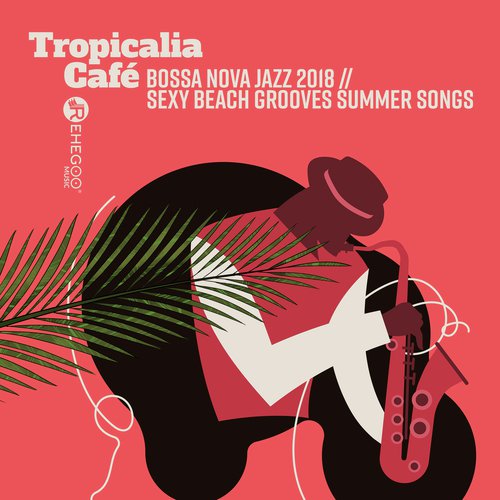 By no means! The very style of bossanova music emerged only in the 50s of the last century, at the junction of jazz and national traditions. Then it was called bossa nova, which could be interpreted as "new style" or "new feature". True, at first such music was heard only at home concerts held in Rio de Janeiro, when the musicians tried to combine traditional Brazilian samba with American jazz. Actually, jazz gave bossa nova those very non-standard musical dimensions.
By no means! The very style of bossanova music emerged only in the 50s of the last century, at the junction of jazz and national traditions. Then it was called bossa nova, which could be interpreted as "new style" or "new feature". True, at first such music was heard only at home concerts held in Rio de Janeiro, when the musicians tried to combine traditional Brazilian samba with American jazz. Actually, jazz gave bossa nova those very non-standard musical dimensions.
Brazilian bossa nova
Now a little about the birthplace of this direction. Since its inception, the bossanova style has received the greatest development in the 60s, when many performers took the canons of the new direction as a priority.
However, one should not forget that even world ballroom dance festivals today include tango, salsa, cha-cha-cha, and bossanova in their mandatory program. Brazilian dance technique is not available to everyone. According to the inhabitants of this country themselves, you need to be born a Brazilian in order to have a tendency to perform all movements from childhood.
Even the annual carnivals, despite the fact that they are predominantly represented by samba schools, are not without bossa nova. It seems to organically fit into the mainstream, and sometimes even prevails. And in general, it is very difficult to draw any clear line in these dances and music, because the national color often involves the use of completely different elements from the same different dance schools and musical directions.
The most famous artists
In the 50s, no one was left indifferent to the new style. It was a bossa nova. The performers tried (as it seemed at that time) to combine the incompatible. Nevertheless, the starting point is considered to be the release of the play “Enough to be sad” (Chega de Saudade), and then the composition “The Girl from Ipanema”. The godfathers of the new direction were Juan Gilbert and António Carlos Jobim.
In 1958, building on the success of the new style, Jobim, together with Elizet Cardozo, recorded the album "Song of Love Too Strong", which featured quite a few hits. Apart from "The Girl from Ipanema", one can separately note the song "Recklessness" ("Insensatez"), with which at 19In 1962, Jobim and V. de Morais conquered the famous Carnegie Hall in the USA. By the 1970s, bossa nova had firmly taken the place of the hallmark of Brazilian music.
Apart from "The Girl from Ipanema", one can separately note the song "Recklessness" ("Insensatez"), with which at 19In 1962, Jobim and V. de Morais conquered the famous Carnegie Hall in the USA. By the 1970s, bossa nova had firmly taken the place of the hallmark of Brazilian music.
Bosanova today
Unfortunately, today bossa nova as a style of music is used only in dance schools, and modern performers can only be found in Latin American cafes. The professional scene, like popularity, remains only in memories. It's a pity. After all, bossanova is very bright music, conveying subtle shades of the soul and human experiences, sometimes overwhelming emotions, joy and sadness, love and jealousy. And if all this happens in tandem with dance, the degree of tension generally rolls over. But here's what's interesting. Even manufacturers of musical instruments like Yamaha or Casio, who produce keyboard synthesizers with auto accompaniment, without fail include bossanova in its various interpretations in the set of styles.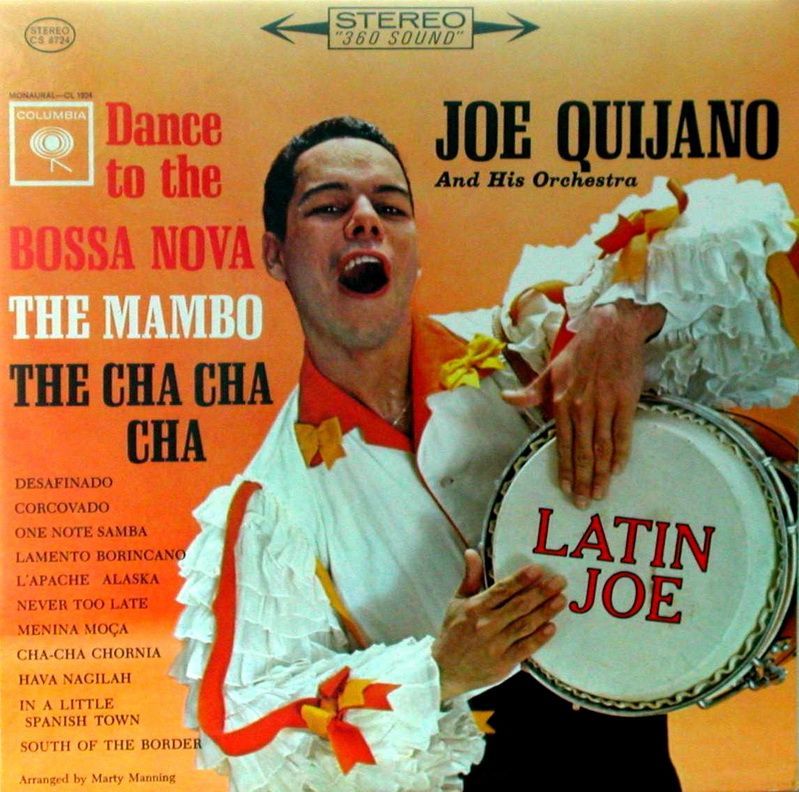 And all this only says that the bossa nova has become a kind of classic in music, without studying and understanding which is indispensable in modern art.
And all this only says that the bossa nova has become a kind of classic in music, without studying and understanding which is indispensable in modern art.
1. Combination of Brazilian folklore with jazz and European harmony. Synthesis - Brazilian samba rhythm combined with jazz improvisation in the style of "cool" (i.e. "jazz-samba", "ice and fire"), in addition, Jobim in bossanova applied harmony French Impressionist Claude Debussy. And this music called "bosanova" ("new wave", "something new") became extremely popular in the USA, and soon it swept across America and Europe like wildfire, because it combined and irresistibly attracted swing, melody and poetry.
2. The crisis of jazz styles associated with swing, triplet pulsation and the crisis of jazz harmony Listeners are tired of aggressive, triplet timing, which is why the appearance of the bossa nova with its duo pulsation was received with such enthusiasm. Also, the listeners got fed up with the jazz harmony built on 2-5-1 quarter turns, and they enthusiastically accepted the bossanova harmony, in which, in addition to fourth turns, thirds appear (from the arsenal of the impressionist Debussy), as in the theme 9 bridge0005 "The Girl From Ipanema".
3. Penetration of Latin American dances into America. In the USA, popular dances from South America set the stage for bossa nova: tango, rumba, beguin, cha-cha-cha, calypso, son, merengue, mambo and samba . In the 50s in America and Europe mambo style and dance became very popular both in jazz and in popular music. It was a dance of Latin American origin, which was a kind of fast rumba in 4/4 musical time. The "King of Mambo" in the United States was the head of the dance orchestra Perez Prado (1916-1989), originally Cuban. But since many American cool musicians then regularly toured all over the world, including South America, they became intimately acquainted with Brazilian samba there.
4. Appearance of Latin American percussion instruments (percussion) in jazz instruments. Dizzy Gillespie created a style of Afro-Cuban jazz. He was the first to take the Cuban percussionist C. Pozo into his band. The combination of Latin rhythms with bebop harmonies is called "cubop", or Cuban bop.
5. Collaboration with American jazz stars. Bosanova would not have been born if Sten Getz had not taken part in its creation. Not only did he decorate all Jobim's songs with his solos and backing tracks, but it was he who persuaded the wife of the guitarist Juan Julberta - Astra, who prepared coffee for men at the rehearsal, to record vocals. In February 1962, Goetz and Byrd recorded their first disc, which was called Jazz Samba, and in the same year they received a Grammy Award for it, and in March 1963 Stan Getz recorded in New York the most famous bossanova album with the Brazilian singer Astrud Gilberto and A.K. Jobim himself at the piano. In the future, it would be difficult to name such a jazz or popular artist who would not record bossa nova themes. In addition, Jobim J. Maligan did a lot to promote the music in the USA.
6. The rise of bossa nova geniuses. The most outstanding personality among bossanova composers was, of course, Antonio Carlos Jobim (1927-1994), who almost single-handedly created all the hits of the style and guitarist João Gilberto.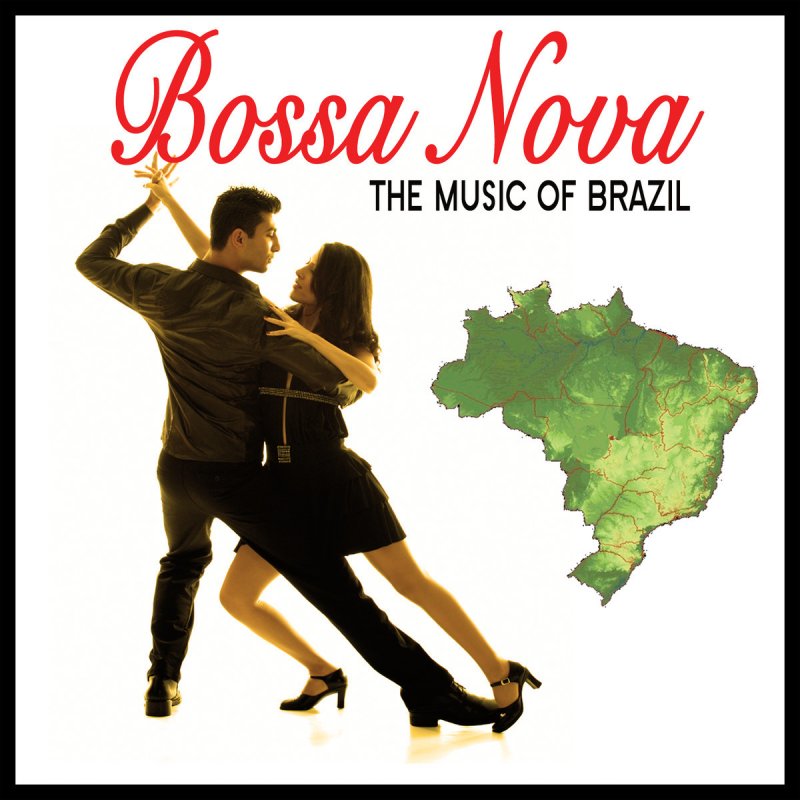 Bosanova's first recording is considered to be the song "Enough to be sad" ("Chega de Saudade") in 1958, composed by Jobim and performed by João Gilberto. Bosanova is often mistakenly considered an Afro-Brazilian "invention" when it is a relatively recent genre created primarily by white musicians and beatnik poets.
Bosanova's first recording is considered to be the song "Enough to be sad" ("Chega de Saudade") in 1958, composed by Jobim and performed by João Gilberto. Bosanova is often mistakenly considered an Afro-Brazilian "invention" when it is a relatively recent genre created primarily by white musicians and beatnik poets.
7. The emergence of bossa nova hits. The Girl From Ipanema, Desfinado, Corcovado.
The origin of the name "bosanova" (literally bossa - "bump", "mound", "hump"; nova - "new") is associated with the Brazilian slang word "bossa", which was fashionable in the late 1950s, which meant something like the same as the Russian word "chip": a feature, a bright feature. Thus, the name of the genre should be understood not literally (“new hump” or “new bump”), but essentially: “new “trick””, “new style”.
Rhythmically, the southern part of the New World has significantly influenced all popular (and jazz) world music in our century and has given it a lot in terms of rhythm. For a century, and besides - on the pop stages of the world, and among American performers - saxophonist Stan Getz and guitarist Charlie Bird.
For a century, and besides - on the pop stages of the world, and among American performers - saxophonist Stan Getz and guitarist Charlie Bird.
[port. bossa Nova - lit. "new impulse"]
1. The style of Brazilian light music is calm. Originated in the late 1950s on the basis of rhythms, and later influenced by American jazz. It is characterized by musical equality of melody, harmony and rhythm.
2. Latin American ballroom dance of the 1960s. The musical size is 2/4 and 4/4. The pace is moderately fast. It is performed in character, but at the same time it resembles a slow and. Movements are accompanied by swaying of the hips. A characteristic dance element is a special protracted sliding step.
Another name: Jazz-Samba.
Jazz interacts everywhere with other musical trends, which often gives impetus to the development of new trends. So, for example, from the combination of American Cool Jazz [from English. cool - cool, restrained] and in the late 1950s, a song and dance style called "Bossa Nova" appeared, which is translated from Portuguese as "new impulse" or "new hobby".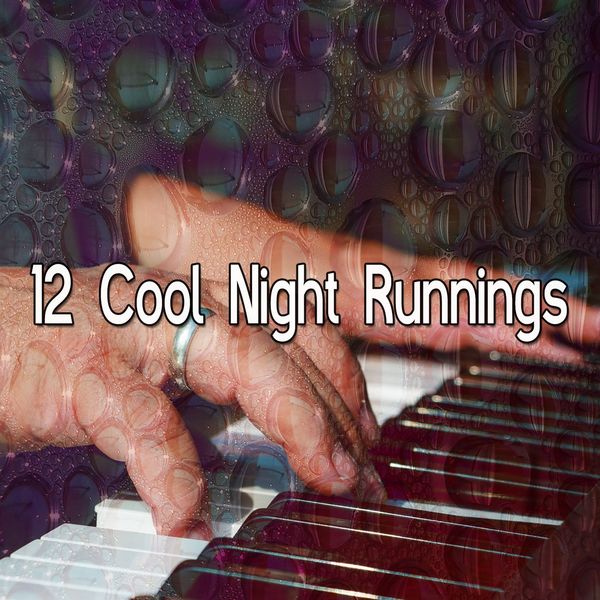
French pop singer Sasha Distal is directly related to the development of Bossa Nova's style. It was he who gave a "new impetus" to the old song "Disofinado", which at one time Ella Fitzgerald sang in a completely non-dance rhythm. Performed by Sasha Distal, the features of the fashionable and charming folk Samba-Canciano [port. Samba - Can çã o - samba in slow motion]. The audience liked this mixture, and soon other similar songs performed by Sasha Distal appeared: “One Note Samba”, “Girl from Ipanema”, etc.
Since then Bossa Nova began to develop as an independent variety of jazz music and even split into two subspecies. The first is played in a true two beat rhythm, the second in a more jazzy sound, in 4/4 time signature. The samba style was especially liked by the residents of Rio de Janeiro. Now, in every musical that mentions Brazil, there are always love songs in the rhythm of Bossa Nova.
Bossa Nova has been known as a dance since 1960, and in 1962 it gained worldwide popularity.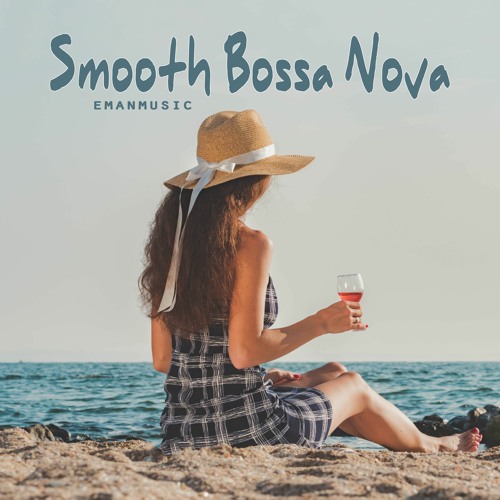 Merging with Jazz gave birth to a special type of steps. The main movements are danced in the rhythm “slow - fast - fast”, like in any other, but after a step on the count of “one”, a pause is maintained on the count of “two”. It turns out an unusual in character, a prolonged sliding step, performed on the spot or while moving around the hall.
Merging with Jazz gave birth to a special type of steps. The main movements are danced in the rhythm “slow - fast - fast”, like in any other, but after a step on the count of “one”, a pause is maintained on the count of “two”. It turns out an unusual in character, a prolonged sliding step, performed on the spot or while moving around the hall.
The position in a pair is usually identical to the Rumba Position, but may be different. The movements of the legs are accompanied by the swinging of the arms, with the opposite swinging of the hips, as in. The characteristic element is [eng. Cuban Motion ] - a characteristic swaying of the hips. Bossa Nova strikes with a variety of interesting patterns, of which we can note: Lateral Basic Movement [eng. side Basic ], Basic Forward Movement forward Basic ], Separate-and-Together [eng. Away and Together ], Samba-Adaptation [eng. The Samba Adaptation ], Tango-Adaptation [eng.